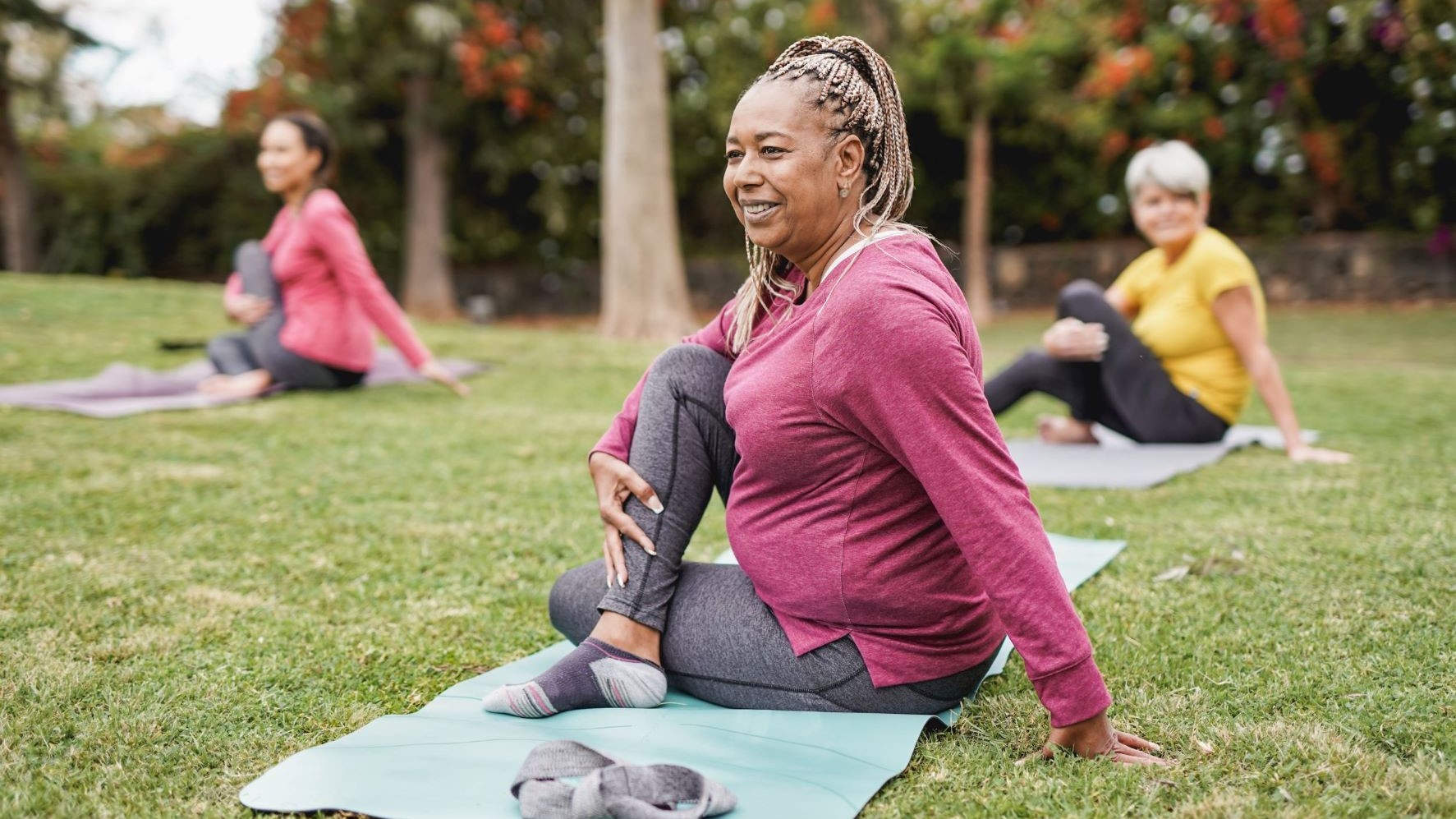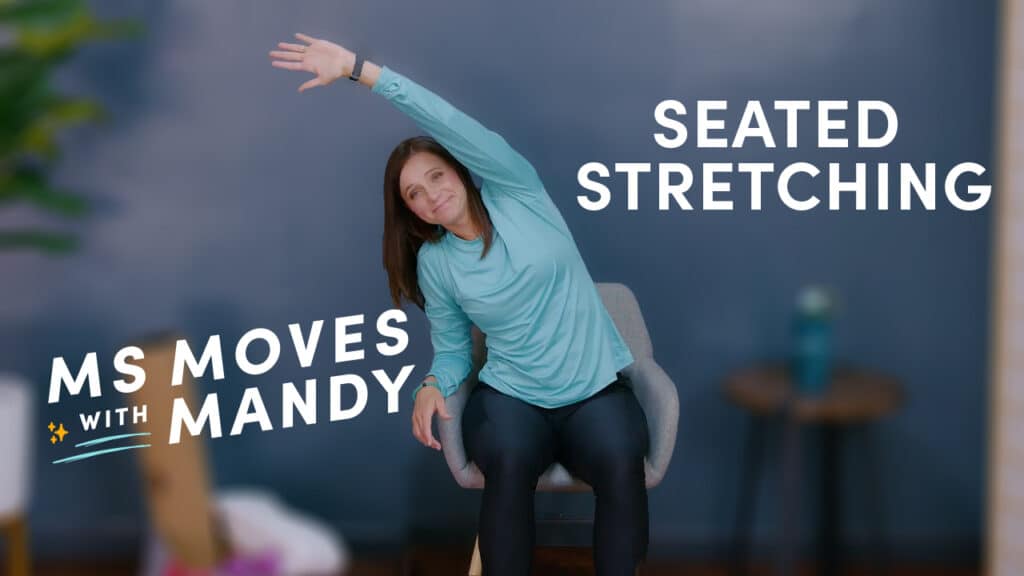Authors
Roz Kalb , Psychologist
Close

2 Dec 2015 | ~2:00 Engagement Time
Stretching has many benefits for all people. It is an activity in which we can all participate in to one degree or another.
Some of the benefits of stretching include:
Stretching can be even more important for people with MS who experience symptoms of spasticity or increased muscle tone.
The specific benefits may include:
Stretching for people with MS, who experience spasticity, may sometimes be sufficient in reducing the muscle tension and managing spasticity. However, many times stretching in combination with medications is the most effective means of managing spasticity.
Stretching can generally be accomplished without any equipment. However, certain situations require use of equipment or assistance from a partner. Equipment sometimes used includes a towel or belt to assist with the stretching. Proper posture during stretching is important in order to gain the maximum benefit.
Stretching is separated into two general categories, Ballistic and Static. Ballistic stretching is not recommended because it includes bouncing which can cause injury. Static stretching is recommended and includes performing the stretch in a relaxed, sustained manner.
Each stretch should be held in a position where a comfortable, pulling sensation is felt, but not pain. Holding the stretch for 20-60 seconds is recommended. When stretching, it is important to maintain a regular breathing pattern. DO NOT HOLD YOUR BREATH!
Stretching exercises are usually recommended on a daily basis, but it may be appropriate to stretch more frequently if spasticity or “tightness” is a specific problem.
Some tips for success in your stretching program include:
In addition, they can provide you with appropriate training on body position and partner stretching programs. There are many ways to participate in a stretching program and many ways to stretch the same muscle. Therefore, if you have difficulty stretching in one way, there are other ways you can stretch the same muscle or muscle group.
With your physical therapist, occupational therapist or exercise specialist you can determine the most appropriate stretching program for you and do what you CAN DO! Other, online resources that can help you are MS Moves with Mandy, The National MS Society and Stretching, Inc.
Led by Physical Therapist and MS Specialist Mandy Rohrig, MS Moves is an exercise program designed with you in mind. Join us to focus on your fitness and function to help you reach your best abilities in day-to-day life.
Sign Up for MS Moves
Keep Learning